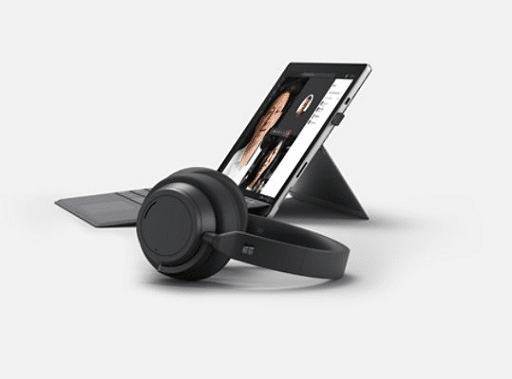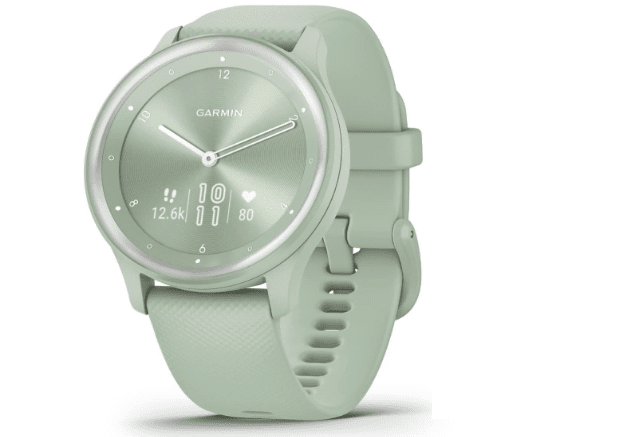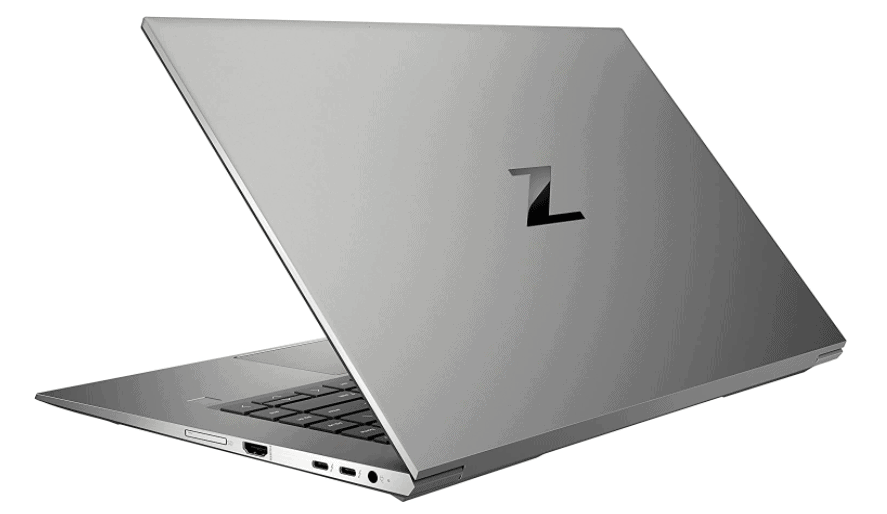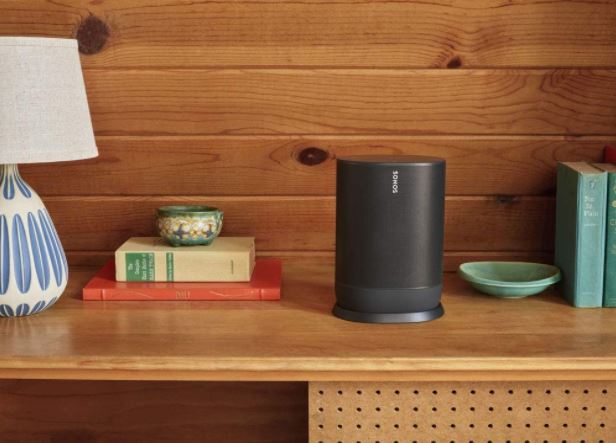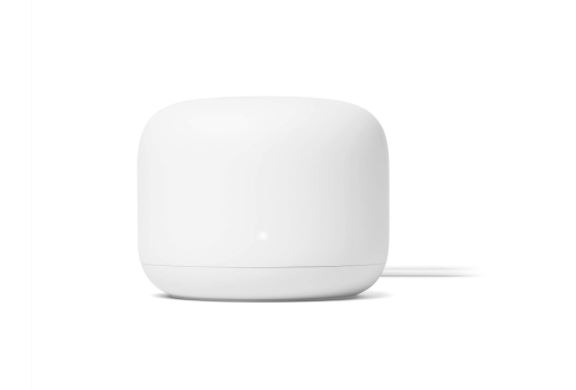Fitbit Sense is an advanced health smartwatch that helps you tune in to your body and guides you toward better health. Assess your heart for AFib right from your wrist, detect and manage stress, better understand your sleep quality and even keep an eye on patterns in your skin temperature or well-being with SpO2.
Fitbit is one of the most well-known names in the fitness-tracking industry, and for good reason: it combines a fantastic user interface with an appealing design to appeal to a wide spectrum of individuals. The Fitbit Sense is no different. Its feature set and excellent sleep monitoring make it an easy pick for anyone seeking a smart fitness watch at a cheaper price point than a Garmin.
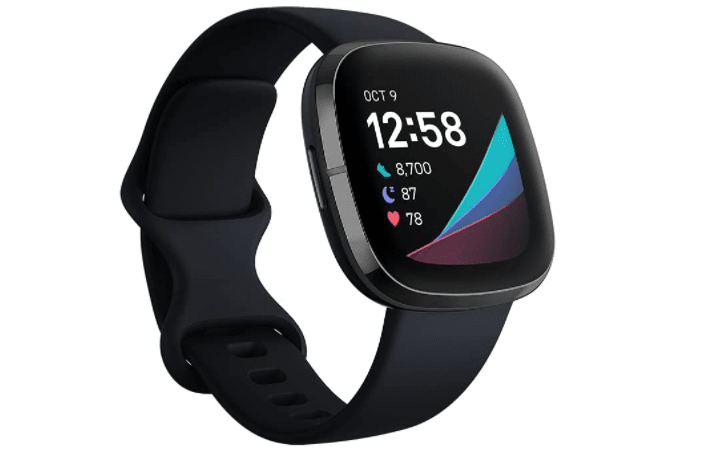
Fitbit Sense Design
The design of the Fitbit Sense is the first thing that stands out. It’s square with rounded sides and has a sleek, streamlined design. It’s not as big or gear-like in shape as something like the Garmin Epix, making it far more appropriate for day-to-day wear, especially in more formal settings. Swapping the bands is also simple.
The Sense’s back is constructed of metal, which may cause some issues if you are allergic to metal. I was unable to obtain a response regarding the metal’s composition, although I did experience some skin discomfort after prolonged wear.
It’s worth noting that the default band is on the tiny side. If you have larger wrists, you’ll need to swap out the bands for the longer alternative, or the bracelet will be too snug. I was particularly irritated by the latch, which passes through one loop and hooks into a hole in the band, while the excess length glides through a second loop. It wasn’t the easiest thing to put on or take off.
While controlling the Fitbit from the watch face is simple, I found the activation button to be a little unresponsive at times, especially when I was sweating. It was also accidentally activated multiple times.
You may also like Fitbit Versa 2 Health and Fitness Smartwatch
How Fitbit Sense Tracks Your Sleep and Health
The Fitbit Sense excels at tracking critical data. It focuses on four primary areas: minutes in the “zone,” steps and floors climbed, kilometers traveled, and calories burned. It also keeps track of how much time you spend sleeping and how much time you spend in each stage of sleep.
The regular watch face displays the date, time, steps taken, sleep score, and current heart rate. Fitbit has a variety of faces to pick from, and it can sync with your phone to display your calendar, incoming texts and calls, and other information.
You may use the Fitbit app to track hydration and calorie intake, establish a goal weight, and more. Fitbit prompts you to get up and exercise by attempting to persuade you to take at least 250 steps per hour.
The Fitbit Sense also includes stress-reduction features. It allows you to record how you are feeling at any given time in order to track your stress levels throughout the day. If you upgrade to Fitbit Premium, you will gain access to even more capabilities that analyze your stress management response.
Fitbit Premium costs $10 per month or $80 annually. When you buy a new device, you get a six-month free trial to try it out. The subscription includes material from a variety of Fitbit partners, including Popsugar, Aura, and others.
It also offers more thorough sleep tools, advanced health insights, stress and mindfulness tools, and extra games and challenges to keep you engaged. Premium customers have access to data such as their breathing rate, heart rate variability, skin temperature, oxygen saturation, and other metrics.
You may also like The best fitness trackers to Buy in 2022
Fitbit Sense Performance
One feature that distinguishes Fitbit Sense from comparable Garmin gadgets is its sleep tracking. While the Garmin struggled to keep up with my inconsistent sleep patterns, the Fitbit Sense’s automated identification was far more accurate. It computes an overall sleep score based on the amount of sleep I get during the day. If I barely get six hours of sleep at night but take an hour-long nap later in the day, the score is updated to reflect that.
With six-day battery life, you never had to worry about it running out of juice during the day. When the Fitbit dies, it simply takes a few minutes to fully charge it.
The option to tap any health measure and obtain further information on what it implies is one of the most valuable features. It can be difficult to keep track of all the many names for fitness devices, but Fitbit makes it simple to understand what you’re looking at. “Zone Minutes,” for example, is the number of minutes spent in the Active Zone, or the heart rate range that counts toward exercise. The American Heart Association advises 150 minutes of moderate exercise per week, and the Sense can help you track your progress toward that target.
If you previously owned a Fitbit, your data is still accessible. When I turned on the Sense and began monitoring data, I discovered data from 2015 and earlier – the last time I wore a Fitbit. Of course, some information was missing.
The Fitbit Sense also works with Alexa and Google Assistant, which is a nice touch. I can send voice commands to my smart assistants from my wrist with a push of a button, which is significantly more convenient than pulling up the individual apps while on the road.
You may also like Samsung Galaxy Fit 2 Review
The Social Aspects
The Fitbit app features a Community option where you can locate a social network for almost every type of fitness you can think of. It suggests groups depending on your app behavior; for example, it recommended the Sleep Well and Vegetarian groups. The Sleep Well group is full of people submitting their previous night’s sleep scores and comparing progress in getting a good night’s rest, whilst the Vegetarian group includes food images and recipe ideas.
You may use Fitbit to search for friends who are on the app by linking your phone’s Contacts. You can also add people individually by email or by their username. Using the app to communicate with your pals can help you stay motivated.
Badges and Trophies are also excellent motivators and socializers. These are recognitions for achieving specific fitness goals. The Sneakers Badge, for example, is earned if you walk 10,000 steps in a day. The Penguin March Badge is gained by walking 70 miles throughout your lifetime, while the Lighthouse Badge is earned by walking up more than 50 flights of stairs in one day.
You may also like Amazon Halo Review: Affordable Fitness Band
These can be awarded multiple times and displayed on your profile.
Trophies are obtained by successfully completing challenges against other players. To participate, you do not need to be connected with others; instead, the app compares your progress to everyone else in the challenge. The Daily Showdown Challenge, for example, gives the trophy to the person who walks the most steps in a single day in a specific time zone.
CamRojud may earn a certain commission on products purchased via our links, which supports our effort on this content.
Would you like to read more about Fitbit Sense-related articles? If so, we invite you to take a look at our other tech topics before you leave!
![]()







